Roofing Companies Feltham
Find the best Roofing Contractor in Feltham
Receive 3 FREE Roofing Service quotes for your project today! Compare profiles, reviews, accreditations, portfolio, etc... and choose the best deal.
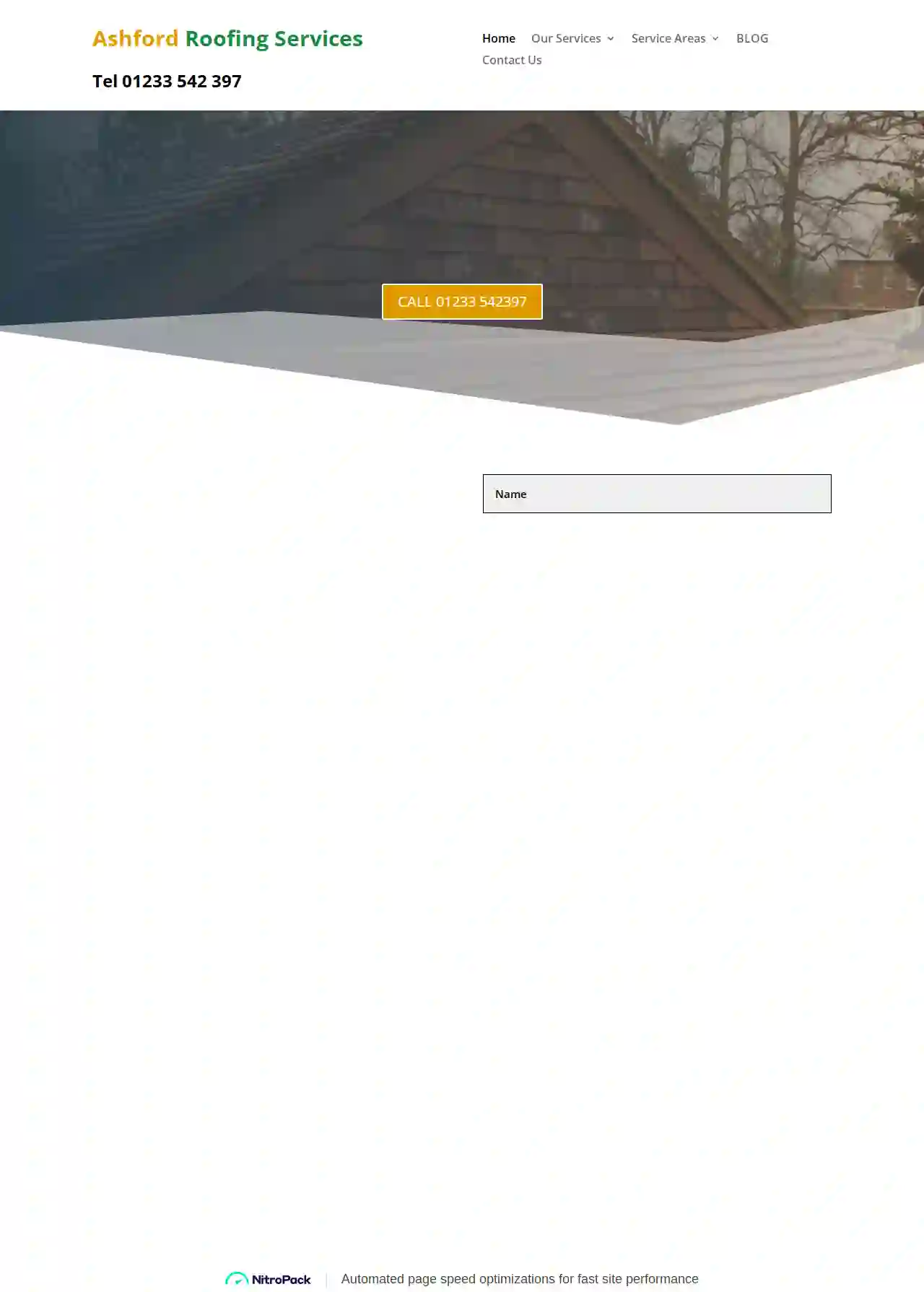
Ashford Roofing Services
GBWelcome to Ashford Roofing Services website. A roofing business working throughout Kent that really cares about all our clients. Our team has been providing roof installations and repairs for many years, and we have the skills and expertise to make sure that your roofing needs are taken care of swiftly, and to the highest possible standard. Roofing works need to be properly planned out, as there are so many variables to consider, but with the correct knowledge, you can rest assured that we will make light work of your roofing project.
- Services
- Why Us?
- Accreditations
- Our Team
- Testimonials
- Gallery
Get Quote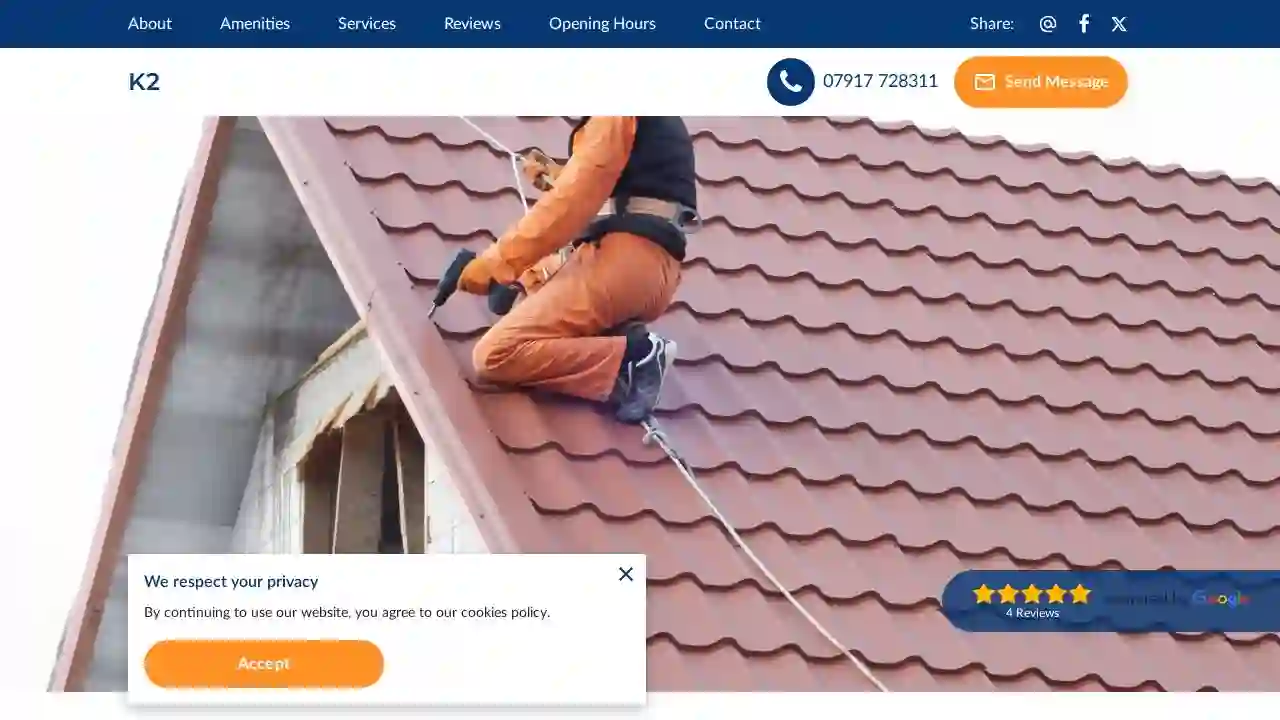
K2
54 reviewsGBBest Roofer in Harrow Whether you need a small patching job or a complete re-roofing, I can easily travel to you wherever you are in Harrow, and my competitive prices mean you'll be completely satisfied. I am an expert in roof tiling, patch work, insulation, V-lux installation and all other roofing jobs, so call me today on +447917728311 for a free quote or fill out the request form to let me know your needs. Expert Services Offering a complete range of roofing services, I pride myself on delivering projects on time and to budget. Whether it is minor repairs or a complete new roof, my skills can advise on the different options to suit your taste and budget, and I have the experience to provide solutions for residential and commercial properties. I would be happy to provide a quote for any project, and never compromising on quality. Trustworthy Team I approach all my projects with the same commitment and professionalism and I am proud of my hard-earned reputation for skilled workmanship and attention to detail. I am dedicated and courteous, approachable and fully up to date with the latest building regulations, ensuring all projects are completed safely and to the same high standards each and every time. If you’ve got a project that needs some attention, then contact me to see how I can help.
- Services
- Why Us?
- Our Team
- Testimonials
- Gallery
Get Quote
ra blake roofing
51 reviewsGBKent Roofing Network is a network of trusted roofing professionals serving Kent. We offer a wide range of roofing services for both residential and commercial properties, including roof repairs, flat roofing, pitched roofing, fascias and soffits, and more. Our members are highly experienced and qualified, and they are committed to providing high-quality workmanship at competitive prices. We understand that your roof is a vital part of your home or business, and we take pride in providing reliable and durable roofing solutions. Whether you need a small repair or a complete roof replacement, Kent Roofing Network can help.
- Services
- Why Us?
- Gallery
Get Quote
Redland Property Services Cardiff Roofers
4.890 reviews16 Shirenewton, Wentloog Road, Cardiff, CF3 2EE, GBRedland Roofing & Property Services is a family-run roofing company based in Cardiff covering the whole of South Wales. We have 30 years of experience, specialising in all types of roofing. We offer free, no-obligation quotes and all our work is guaranteed.
- Services
- Why Us?
- Accreditations
- Gallery
Get Quote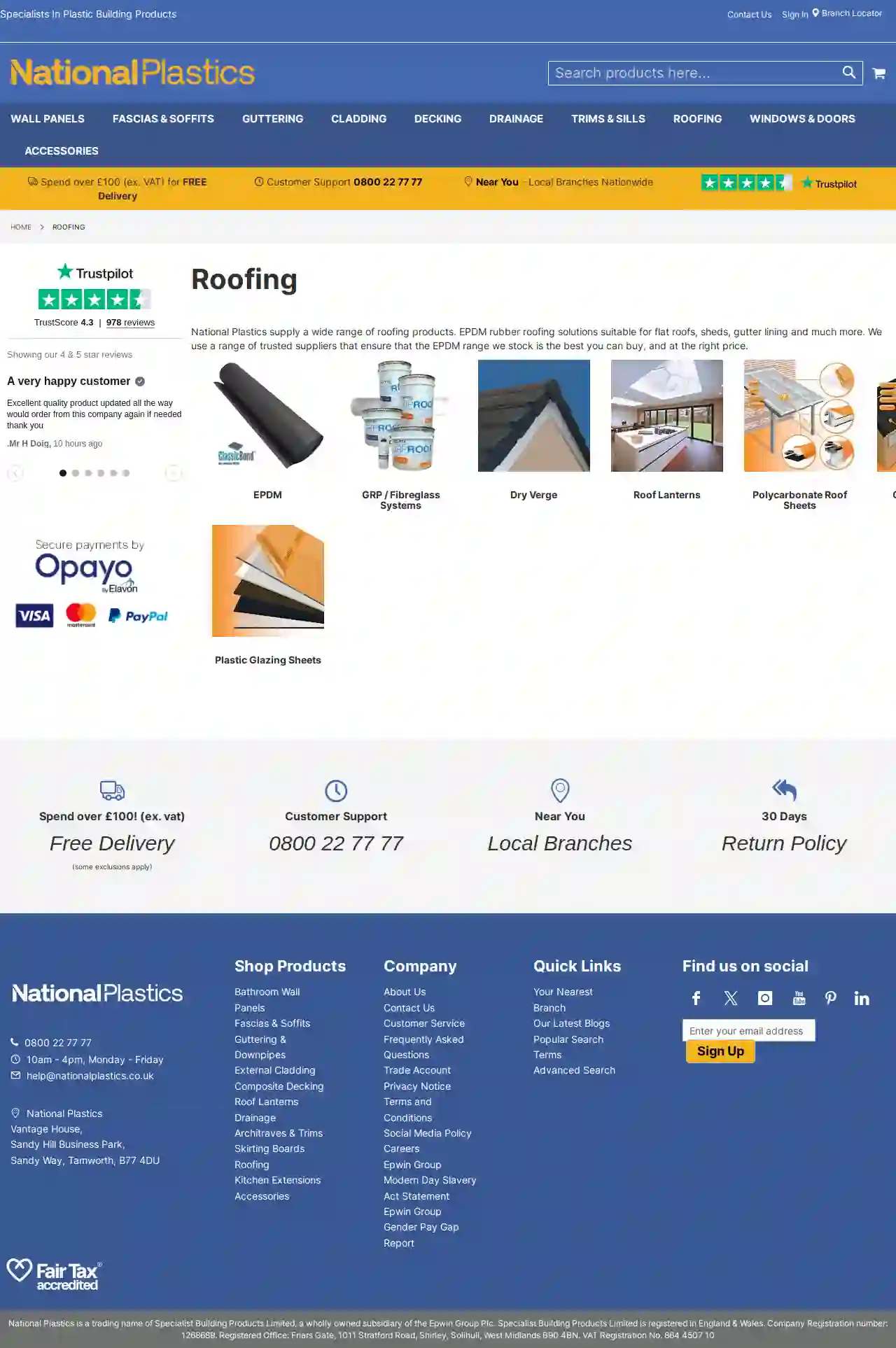
National Roofing
4.34 reviewsFriars Gate, 1011 Stratford Road, Shirley, Solihull, West Midlands B90 4BN, GBNational Plastics is a leading supplier of plastic building products, specialising in roofing, cladding, fascias, soffits, guttering, and more. With a wide range of high-quality products from trusted suppliers, we offer competitive prices and excellent customer service. Our team of experts is dedicated to providing you with the best possible solutions for your building needs. We have a nationwide network of branches, making it easy to find the products you need, when you need them.
- Services
- Why Us?
- Gallery
Get Quote
The Skelmersdale Centre Ltd
4.792 reviewsKennedy Way, Clacton-on-Sea, CO15 4A, GBThe Skelmersdale Centre Ltd is a company based in Clacton-on-Sea, Essex. They can be reached at +44 (0)1255 688471 or [email protected]. Their fax number is +44 (0)1255 688472.
- Services
- Why Us?
- Gallery
Get Quote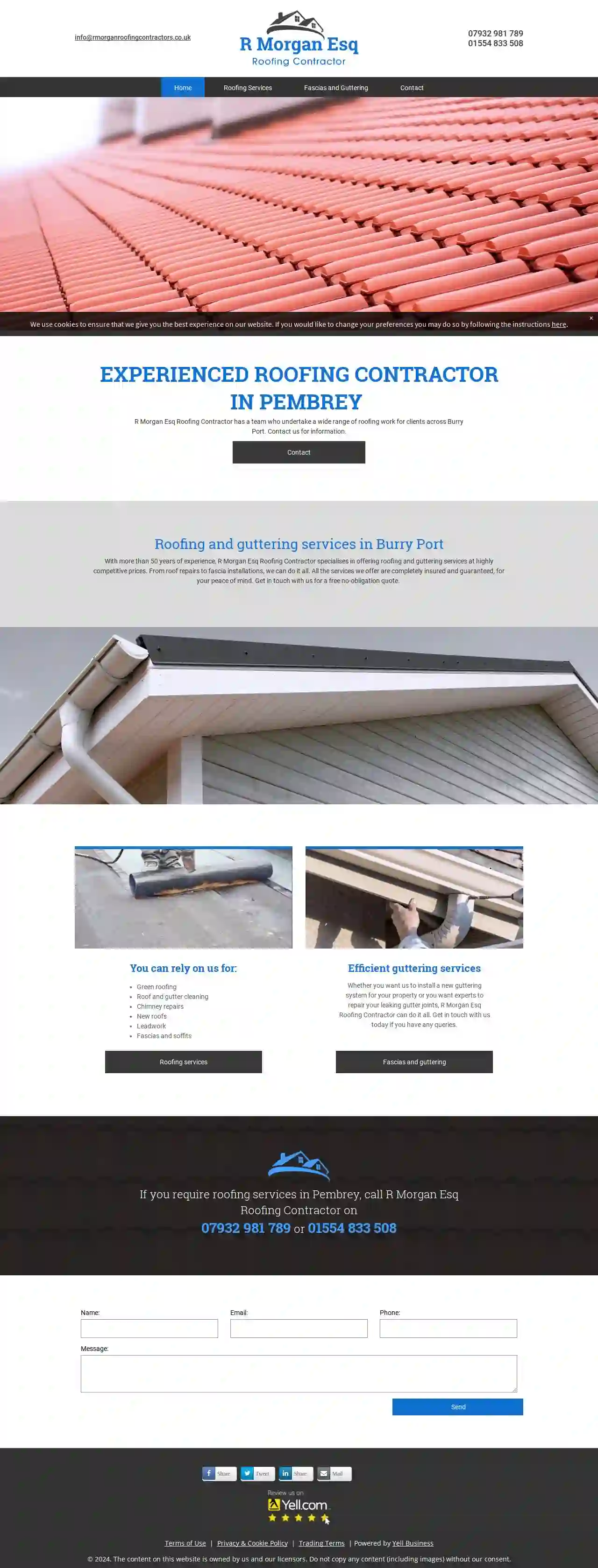
R MORGAN ROOFING
51 reviewsPembrey, Burry Port, 1 Randell Square, SA16 0TY, GBR Morgan Esq Roofing Contractor has a team who undertake a wide range of roofing work for clients across Burry Port. With more than 50 years of experience, R Morgan Esq Roofing Contractor specialises in offering roofing and guttering services at highly competitive prices. From roof repairs to fascia installations, we can do it all. All the services we offer are completely insured and guaranteed, for your peace of mind. You can rely on us for: Green roofing, Roof and gutter cleaning, Chimney repairs, New roofs, Leadwork, Fascias and soffits.
- Services
- Why Us?
- Gallery
Get Quote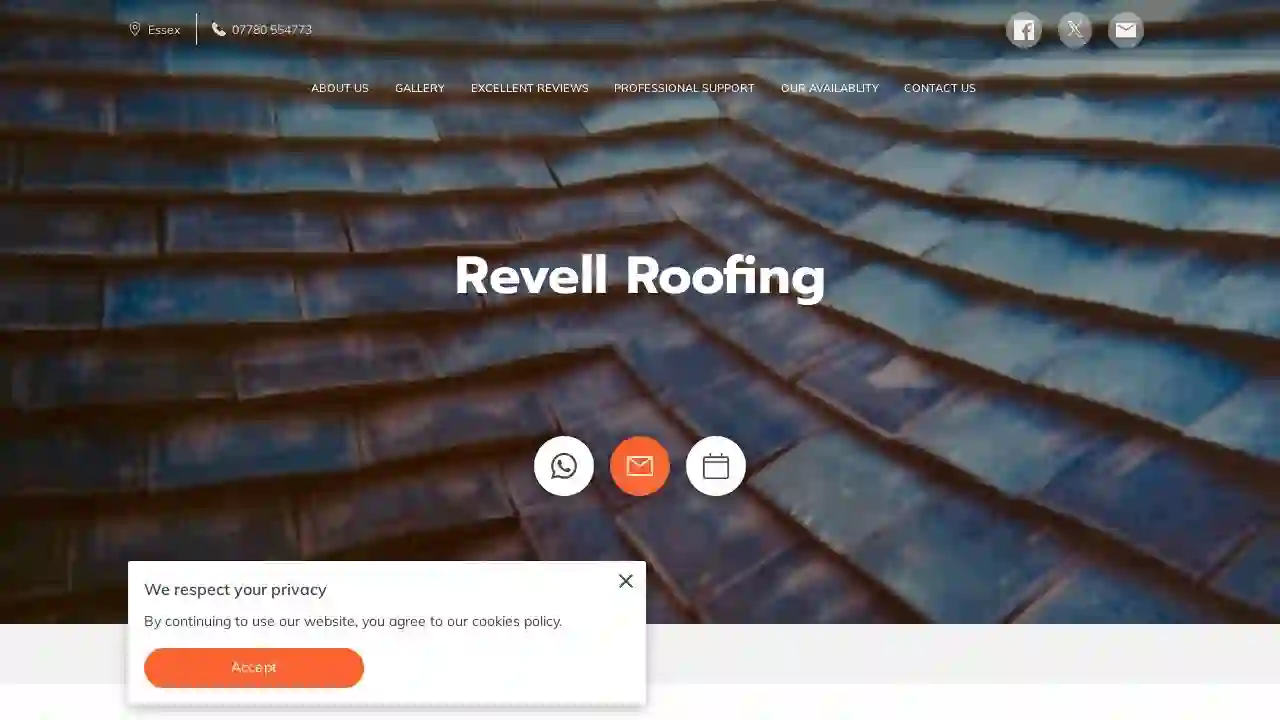
REVELL ROOFING
53 reviewsGBAt Revell Roofing, we cover all aspects of roofing from small repairs to new roofs. We are a family based gang with a combined experience of over 30 years in the roofing industry. We can easily travel to you wherever you are in Essex, and our competitive prices mean you'll be completely satisfied. Call us today ...Read moreDon't Fuss, Call UsDiscovering a leak in your roof can be a real worry, but our team of fully trained and experienced roofers are able to quickly and easily fix all manner of problems and get you water-tight again in no time. We've got years of experience so we'll fix the problem without a fuss.
- Services
- Why Us?
Get Quote
Merthyr Roofing & Building
52 reviews[Address Line 1], [Address Line 2], [Street Address], [City], [Post Code], GBSouth Wales Roofing Network is a network of experienced roofers serving both domestic and commercial clients across South Wales. We offer a comprehensive range of roofing services, including roof repairs, flat roofing, pitched roofing, fascias and soffits, and more. Our team of skilled professionals is dedicated to providing high-quality workmanship and exceptional customer service. We understand the importance of a well-built roof and strive to ensure that every project is completed to the highest standards. Whether you need a small repair or a complete roof replacement, we have the expertise and experience to meet your needs.
- Services
- Why Us?
- Accreditations
- Our Team
- Testimonials
- Gallery
Get Quote
Truesafe Roofing & Building
52 reviewsGBTruesafe Roofing & Building is a family-run business with 3 generations still involved in the roofing industry providing a wide range of high quality and reliable roofing services. Our friendly, highly skilled and fully insured team has well over 60 years’ combined experience in all aspects of roofing work. We use only the finest materials to make sure your home will be looking good and staying dry for years to come. You can trust us when we say there is very little that we haven’t encountered, repaired, replaced or rectified when it comes to all things roofing. With our extensive experience spanning over 6 decades, we have established a solid reputation as the go-to experts for all your roofing needs. Whether it's residential, commercial or industrial roofing projects, we possess the necessary qualifications, skill and insurance coverage to handle any job with utmost professionalism. At the core of our business philosophy is the commitment to customer satisfaction and delivering exceptional results. When it comes to our roofing services, we stand behind the quality of our work with a 10 year insurance backed guarantee on our roof installations.
- Services
- Why Us?
- Our Team
- Testimonials
- Gallery
Get Quote
Over 12,314+ Roofers on our platform
Our roofing experts operate in Feltham and surrounding areas!
Roofyng.co.uk has curated and vetted Top Roofers in and around Feltham. Find a top & trustworthy pro today.
Frequently Asked Questions About Roofing Companies
- Experience: Companies with a solid track record and years of experience in the industry.
- Licensing and Insurance: Verify they are properly licensed to operate in your area and carry adequate insurance to protect you from liability.
- Certifications: Look for certifications from reputable organizations, demonstrating expertise in specific roofing materials or techniques.
- Positive Reviews: Check online reviews and testimonials from previous customers.
- Professionalism: Choose a company that communicates clearly, provides detailed estimates, and has a courteous and responsive team.
- Regular Inspections: Inspect your roof at least twice a year for signs of damage or wear and tear.
- Gutter Cleaning: Clean gutters and downspouts regularly to prevent clogs and ensure proper drainage.
- Tree Trimming: Trim overhanging branches to avoid damage from falling debris and reduce shade, preventing moss growth.
- Proper Ventilation: Ensure good attic ventilation to regulate temperature and moisture.
- Timely Repairs: Address any damage promptly to prevent escalation.
- Asphalt Shingles: 20-30 years
- Metal Roofing: 40-70 years
- Tile Roofing: 50-100 years or more (clay and slate)
- Flat Roofing: 15-30 years (depending on material)
- Slate: 100 years or more
- Wood Shakes or Shingles: 30-50 years (with proper maintenance)
- Style: Consider your home's architectural style and choose a roofing material that complements it.
- Climate: Factor in your local climate conditions. Some materials perform better in extreme heat, cold, or high winds than others.
- Budget: Roofing materials have a wide range of costs. Determine your budget and choose materials that fit your financial constraints.
- Durability and Lifespan: Assess the expected lifespan and durability of different materials.
- Energy Efficiency: Choose materials with good insulation and reflectivity properties to improve your home's energy efficiency.
How do I find a good roofing company?
How do I prevent roof damage?
How long does a roof typically last?
How do I choose the right roofing materials for my home?
How do I find a good roofing company?
- Experience: Companies with a solid track record and years of experience in the industry.
- Licensing and Insurance: Verify they are properly licensed to operate in your area and carry adequate insurance to protect you from liability.
- Certifications: Look for certifications from reputable organizations, demonstrating expertise in specific roofing materials or techniques.
- Positive Reviews: Check online reviews and testimonials from previous customers.
- Professionalism: Choose a company that communicates clearly, provides detailed estimates, and has a courteous and responsive team.
How do I prevent roof damage?
- Regular Inspections: Inspect your roof at least twice a year for signs of damage or wear and tear.
- Gutter Cleaning: Clean gutters and downspouts regularly to prevent clogs and ensure proper drainage.
- Tree Trimming: Trim overhanging branches to avoid damage from falling debris and reduce shade, preventing moss growth.
- Proper Ventilation: Ensure good attic ventilation to regulate temperature and moisture.
- Timely Repairs: Address any damage promptly to prevent escalation.
How long does a roof typically last?
- Asphalt Shingles: 20-30 years
- Metal Roofing: 40-70 years
- Tile Roofing: 50-100 years or more (clay and slate)
- Flat Roofing: 15-30 years (depending on material)
- Slate: 100 years or more
- Wood Shakes or Shingles: 30-50 years (with proper maintenance)
How do I choose the right roofing materials for my home?
- Style: Consider your home's architectural style and choose a roofing material that complements it.
- Climate: Factor in your local climate conditions. Some materials perform better in extreme heat, cold, or high winds than others.
- Budget: Roofing materials have a wide range of costs. Determine your budget and choose materials that fit your financial constraints.
- Durability and Lifespan: Assess the expected lifespan and durability of different materials.
- Energy Efficiency: Choose materials with good insulation and reflectivity properties to improve your home's energy efficiency.